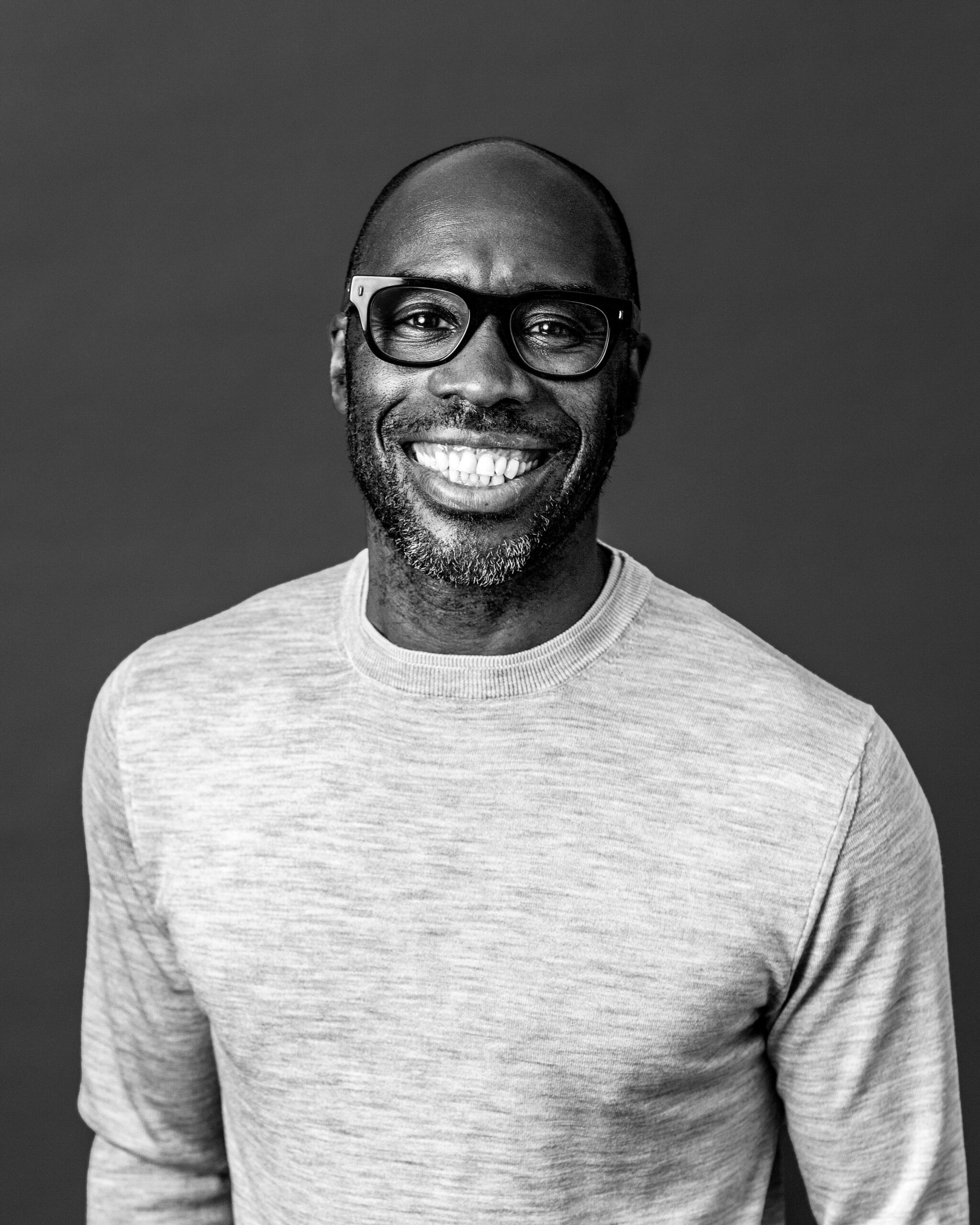Notes on Seth Earley’s Confab 2012 Workshop on Taxonomy, Metadata and Search: Put Your Content to Work:
- It’s okay to have more than one taxonomy.
- Taxonomy is NOT the same as navigation.
- You want to create multiple navigation structures from a taxonomy and prevent people from creating multiple taxonomies for navigational purposes.
- Taxonomies are the organising principles behind metadata and the values that populate metadata fields.
- Not all classifications are taxonomies.
- You need clear rules for when the business will own metadata vs when technology will own metadata.
- Use metadata to drive our content models.
- Always tag by id and never by term, so that you can change terms without impacting the taxonomy.
- Need to sell business value of taxonomy to business users.
- You cannot have a single standard for metadata that will cover all types of content for the Internet of Things. Embrace that and move on.
- You have to provide context to concepts to make them meaningful, which makes it difficult to beg, borrow and steal taxonomies from one business and apply it verbatim within your own.
- What seems like a taxonomy at first, may become a process.
- Information metabolism is about enabling the business to make information decisions faster. You need frameworks in place for improving an organisation’s information metabolism. Example given of Motorola going form 4 weeks to 24 hours.
- Understanding the different paces of change within your organisation clarifies a lot. You need adaptability in fast moving layers and stability in slow moving ones. Pace-Layering.
- You must pay attention to the clock speed of your process (e.g. web content (medium), e-commerce(very fast), intranet dev(slow))
- You need a universal remote control system for taxonomy. Each application has a remote for their system, a way to implement taxonomies, but there are not universal. They only pretend to be.
- Metaphor around moving house was valuable. So when migrating content, you need to touch it and see where it adds values, instead of just moving it.
- Every business case has ancillary benefits, that are harder to quantify. Stay focussed. Baseline, benchmark, and have a clear understanding of what value your intervention brings.
- Be clear on the relationship between maturity and capabilities, and where you as an organisation are on that journey. Then map your process requirements within the context of known capability gaps and seek to plug them and/or address them later. Use taxonomies in different ways depending upon your maturity.
- Always build capabilities on solid foundations. Invest in change management because whilst some folks gradually evolve with you, others have been forced into that change, so build capabilities with this in mind.
- Don’t ask data architects for taxonomies. Ask for reference data. That’s what you really want.
- When doing taxonomy, you must be thinking about search and SEO.
- Searchers search ambiguously. We need to help them disambiguate their queries by giving them values. Values derived from taxonomies.
- Beware what happens when you fix search, you find out that your content sucks.


Pingback: Best of Confab 2012 in five links | Firehead
Pingback: Taxonomy, Metadata, and Search: Notes from Seth Earley’s Confab Workshop | I'd Rather Be Writing
Really well done summaries. I’ve shared on Twitter and will link to from our site. Nice job. 🙂